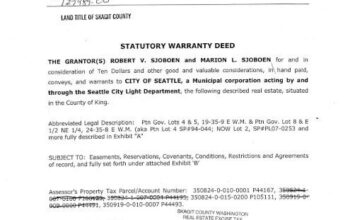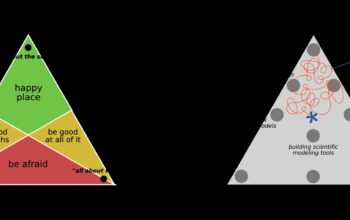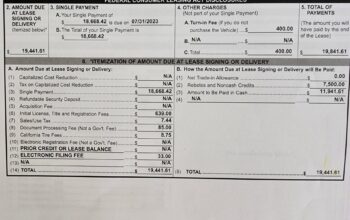Sourdough starters and discard are essential elements in the art of bread-making. The difference between sourdough starter and discard lies in their purpose and function. The starter is the living culture of flour and water that gives sourdough its unique flavor and leavening power, whereas the discard is the portion of the starter that is removed and usually discarded during feeding. Understanding the distinction between these two components is crucial for mastering the craft of sourdough baking. Let’s delve deeper into the fascinating world of sourdough and unravel the mystery behind its core components.
What is the Difference Between Sourdough Starter and Discard
The Basics of Sourdough
Sourdough bread has been around for centuries, and its unique tangy flavor and chewy texture have made it a favorite among bread enthusiasts. At the heart of sourdough baking lies the sourdough starter, a live mixture of flour and water populated by wild yeast and beneficial bacteria that ferment and leaven the dough. The starter acts as the engine that drives the fermentation process, giving sourdough bread its distinctive taste and airy crumb.
Understanding Sourdough Starter
The sourdough starter is essentially a living organism that requires regular feeding to thrive. When creating a starter from scratch, you mix flour and water and allow it to ferment, capturing wild yeast and bacteria from the environment. As the mixture ferments, it becomes bubbly and active, indicating that the microorganisms are doing their job of breaking down sugars and producing gases that cause the dough to rise.
Feeding the Starter
To keep the starter alive and healthy, you need to feed it regularly by discarding a portion of the mixture and then adding fresh flour and water. This feeding process helps maintain the balance of yeast and bacteria in the starter, ensuring that it remains active and ready to leaven your bread.
Understanding Sourdough Discard
While the sourdough starter is essential for baking bread, you will inevitably accumulate excess starter during the feeding process. This excess starter is often referred to as discard. Some bakers see discard as waste, but it can actually be a valuable ingredient with its own unique properties.
What is Sourdough Discard?
Sourdough discard is essentially the portion of the starter that you remove before feeding your main starter. It is called “discard” because it is typically unused in the bread-making process. However, instead of throwing it away, you can repurpose the discard in various recipes to add flavor and texture.
Uses for Sourdough Discard
Sourdough discard can be used in a variety of recipes, from pancakes and waffles to crackers and flatbreads. The discard adds depth of flavor and a slight tanginess to these dishes, making them stand out from their conventional counterparts. By incorporating sourdough discard into your cooking, you not only reduce waste but also elevate the taste of your creations.
Key Differences Between Sourdough Starter and Discard
1. Function
The primary function of the sourdough starter is to leaven bread dough by producing carbon dioxide gas during fermentation. On the other hand, sourdough discard is not used for leavening but rather for adding flavor and texture to other recipes.
2. Feeding Schedule
The sourdough starter needs regular feeding to remain active and healthy, while the discard is typically the excess portion that is removed during the feeding process.
3. Flavor Profile
The sourdough starter contributes to the overall flavor profile of sourdough bread, imparting a tangy and complex taste. In contrast, sourdough discard has a more concentrated flavor and can add a distinct sourness to dishes.
4. Leavening Power
The sourdough starter is the main leavening agent in sourdough bread, providing the gases needed to create a light and airy crumb. Sourdough discard does not have the same leavening power but still adds a unique character to baked goods.
In summary, while the sourdough starter and discard are both essential components of sourdough baking, they serve different purposes and offer distinct benefits. By understanding the differences between the two, you can make the most of your sourdough journey and explore the creative possibilities that both the starter and discard have to offer. Whether you are baking a loaf of bread or whipping up a batch of pancakes, incorporating sourdough discard can add depth and character to your culinary creations. So, next time you feed your sourdough starter, think twice before discarding the excess – it might just be the secret ingredient you need for your next delicious dish.
The Difference Between Active, Inactive, and Discard | SOURDOUGH STARTER BASICS
Frequently Asked Questions
What properties distinguish sourdough starter from discard?
A sourdough starter is a live mixture of flour and water that contains wild yeast and beneficial bacteria, essential for leavening bread. It is regularly fed to maintain its activity. Sourdough discard, on the other hand, is the portion of the starter that is removed before feeding, usually during the refreshment process. It is mature but not actively refreshed.
How do the uses of sourdough starter and discard differ in baking?
Sourdough starter is the active component used to leaven bread, providing the necessary rise and flavor. It is mixed with fresh flour and water to make the dough rise during fermentation. Sourdough discard, being mature but less active, is often used in recipes for flavor enhancement rather than leavening, such as in pancakes, waffles, muffins, or crumpets.
Can sourdough discard be used instead of sourdough starter?
While sourdough discard contains some level of yeast and lactobacilli, it is not as potent as a fully active starter. Using discard alone may not provide sufficient leavening power for a bread recipe. However, it can still offer a unique flavor profile when used in specific non-yeasted recipes that call for a sourdough tang.
Final Thoughts
In conclusion, the main difference between sourdough starter and discard lies in their use. The starter is the vibrant, active mixture of flour and water that leavens bread, while the discard is the portion of the starter that is removed before adding fresh flour and water. Understanding this contrast is crucial for successful sourdough baking. Experimenting with both aspects can lead to a deeper appreciation of the fermentation process. So, next time you bake with sourdough, remember the importance of both the starter and discard.




